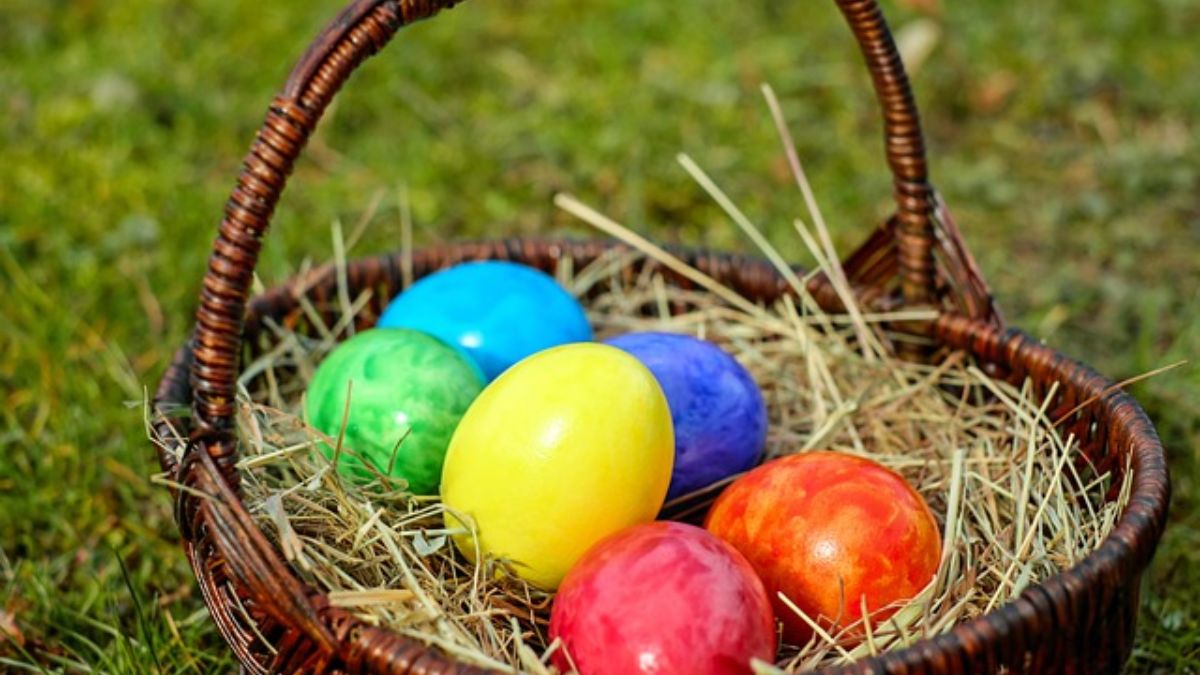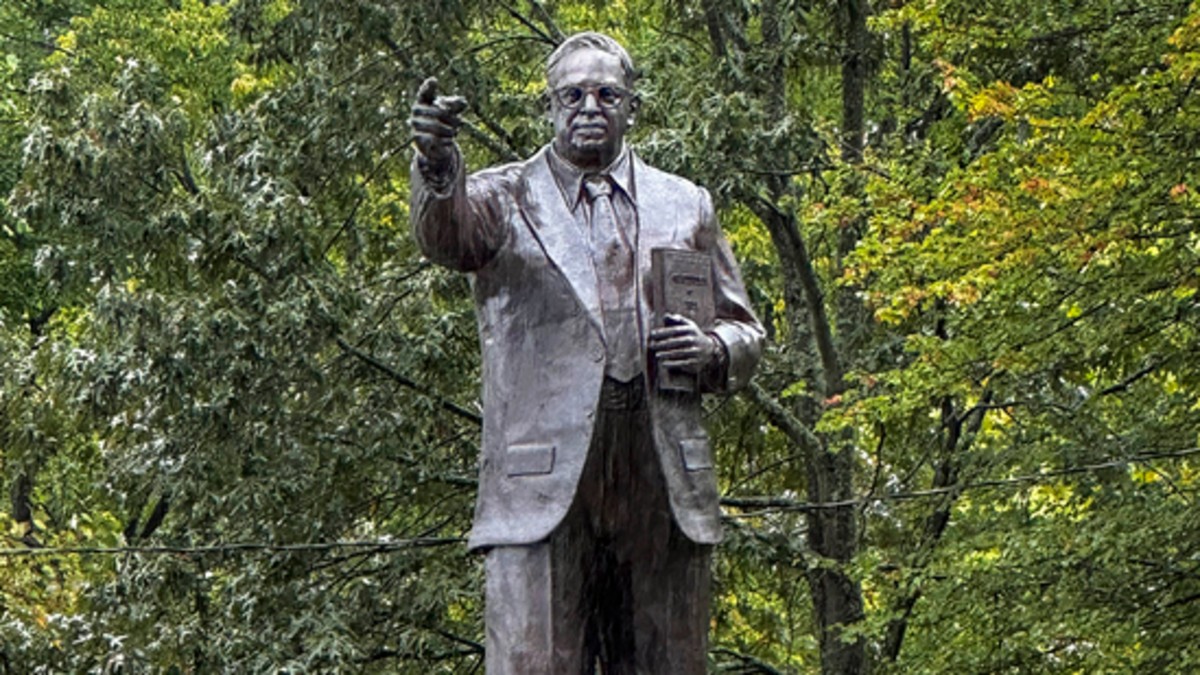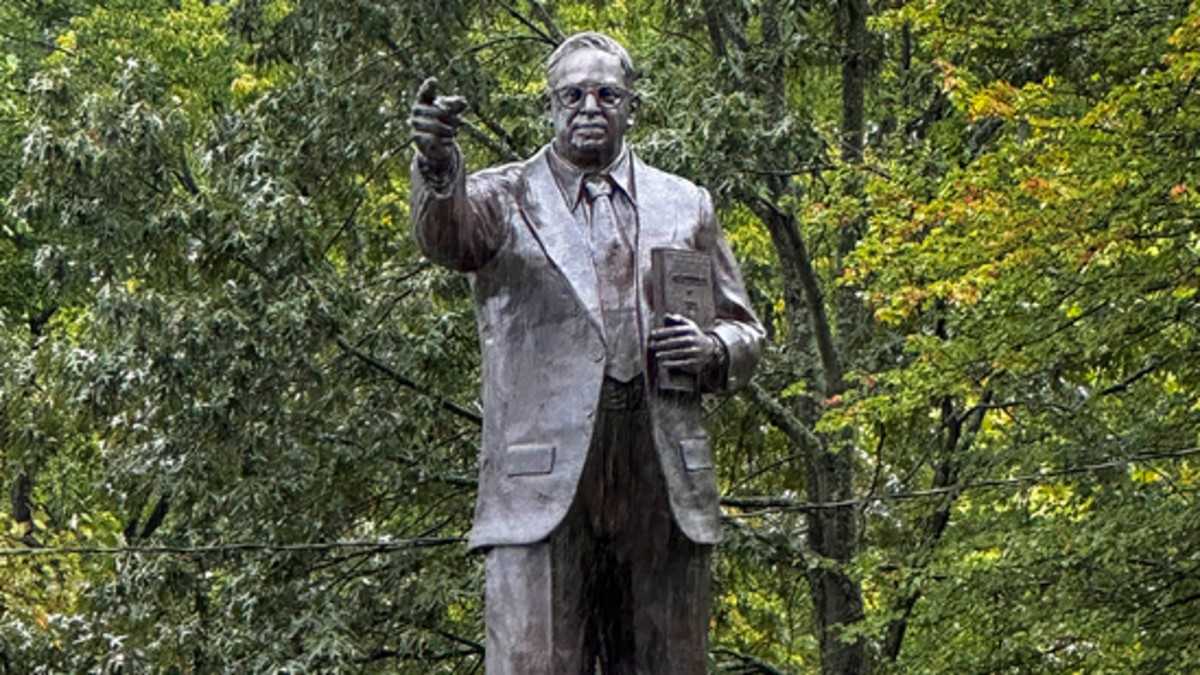Easter usually means baskets full of brightly coloured eggs, kids on egg hunts, and kitchen counters covered in dye kits. But this year, some of those familiar traditions are taking a back seat.
With egg prices continuing to climb and supply chain issues lingering across the US, many families are rethinking their holiday routines. Instead of spending extra on a carton of eggs, some are turning to more creative and cost-effective alternatives like dyeing potatoes and marshmallows, or opting for reusable plastic eggs.
But what’s behind this egg-less Easter shift? And how are families keeping the spirit of the holiday alive without them? Let’s take a closer look.
Egg shortage shifting Easter traditions
For over 40 years, Young’s Jersey Dairy in Yellow Springs, Ohio, has been the heart of a cherished Easter tradition — a massive egg hunt featuring 10,000 hand-dyed real eggs. Each year, families from across the region would flock to the farm’s fields, where children eagerly searched for the vibrant treasures scattered in the grass.
The event typically draws a crowd of more than 2,000 people and costs the farm around $3,000 (Rs 2.5 lakh) in eggs alone.
But this year marks a turning point.
For the first time in its four-decade history, Young’s Easter egg hunt is switching to plastic eggs. Inside each egg? A coupon for a free carousel ride, according to a report by The New York Times.
“The responses have been pretty positive,” said John Young, a fourth-generation member of the family-owned business. “I think people were quietly scared we’d cancel the event because of egg prices currently. So they’re glad we’re still doing it."
The decision didn’t come lightly.
Back in February, the Young family began to question whether sticking to real eggs was still practical as prices skyrocketed. But cost wasn’t the only concern.
The family also worried that buying so many eggs in bulk could put pressure on already tight local supplies, potentially leaving neighbouring families without enough for their own Easter plans.
“It wasn’t the cost as much as it was the fear of wiping out local inventories,” Young explained.
A few months ago, popular supermarkets such as Aldi’s, Trader Joe’s, and Harris Teeter had even introduced egg rationing and limited purchases as shortages intensified.
Now, the Young family has decided that they will instead spend $3,000 to donate to the funds for two local food banks. This move has been met with widespread community support, with many people appreciating the farm’s commitment to helping those in need during difficult times.
But what caused the egg shortage?
The main driver of the ongoing egg crisis in the US is Highly Pathogenic Avian Influenza (HPAI), commonly known as bird flu.
Since the virus was first detected in a commercial flock on February 8, 2022, more than 147 million birds have either died from the illness or were culled as a precautionary measure, including a staggering 108 million egg-laying hens.
According to experts interviewed by PolitiFact, once the virus is detected in a single bird, the entire flock must be culled to prevent it from spreading. While this approach protects nearby farms and the broader poultry industry, it also delivers a major blow to egg production.
After a brief pause in outbreaks, the virus returned in full force in 2024. The USDA reported that nearly 17 million egg-laying hens were culled in just two months, November and December, making up nearly half of the total bird losses for the year.
“We’re at a point now where we’re truly in a shortage,” Karyn Rispoli had told The Guardian. “Based on the amount of birds that we have lost in the last few months, and the hen population, there just isn’t enough production to support the amount of demand that we have.”
And the trend hasn’t stopped. In early 2025, another 14 million birds were lost to the virus in just one week, with outbreaks reported in Arizona, California, North Carolina, Ohio, Missouri, Indiana, and Washington.
Trump says egg prices have come down, but have they?
US President Donald Trump has repeatedly claimed that egg prices are finally under control.
“They were going through the sky, the egg prices,” he said in a recent speech. “Now we have lots of eggs and they’re much cheaper, down about 59 per cent now. And they’re going down further.”
But on the ground, it’s a different story.
In fact, egg prices in the US rose again last month. According to the latest figures, the average cost per dozen reached a new high of $6.23 (Rs 536)— up from around $5.90 (Rs 507) in February and $4.95 (Rs 426) in January, reported CBC News. So while the supply might be improving slightly in some areas, the cost remains steep for everyday consumers.
Easter without eggs? Some are making it work
In light of the shortage and rising prices, families are finding creative ways to preserve Easter traditions without relying on actual eggs.
Food blogger Lexi Harrison, who co-runs Crowded Kitchen with her mother, put her own spin on the classic peanut butter chocolate egg. Using a blend of peanut butter, almond flour, and maple syrup, she crafted egg-shaped treats and dipped them in white chocolate coloured with matcha and blue spirulina powder.
Her video featuring the pastel creations has racked up more than 64 million views across Instagram, Facebook, and TikTok, with over 30,000 comments.
“The experience reminds people of the joyful experiences they had in their own childhoods, and people want to keep that alive,” Harrison said, noting that egg-dyeing kits have actually seen a 20 per cent sales boost this year.
Even so, Harrison admitted that eggs have been hard to come by in Michigan. “More than half the time I’ve been to the store in the last month, there’s been no eggs,” she said. “I’ve never really been a fan of boiled eggs.”
As for John Young, the spirit of the tradition at Young’s Jersey Dairy remains strong, even if this year’s eggs are plastic.
“Plastic eggs can be just as fun,” he said. “But I’m hoping we can get back to the tradition next year.”
With input from agencies


)
)
)
)
)
)
)
)
)